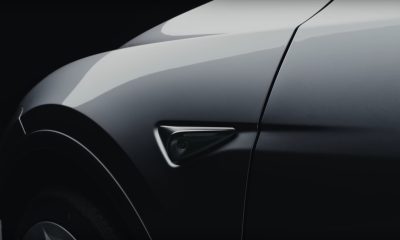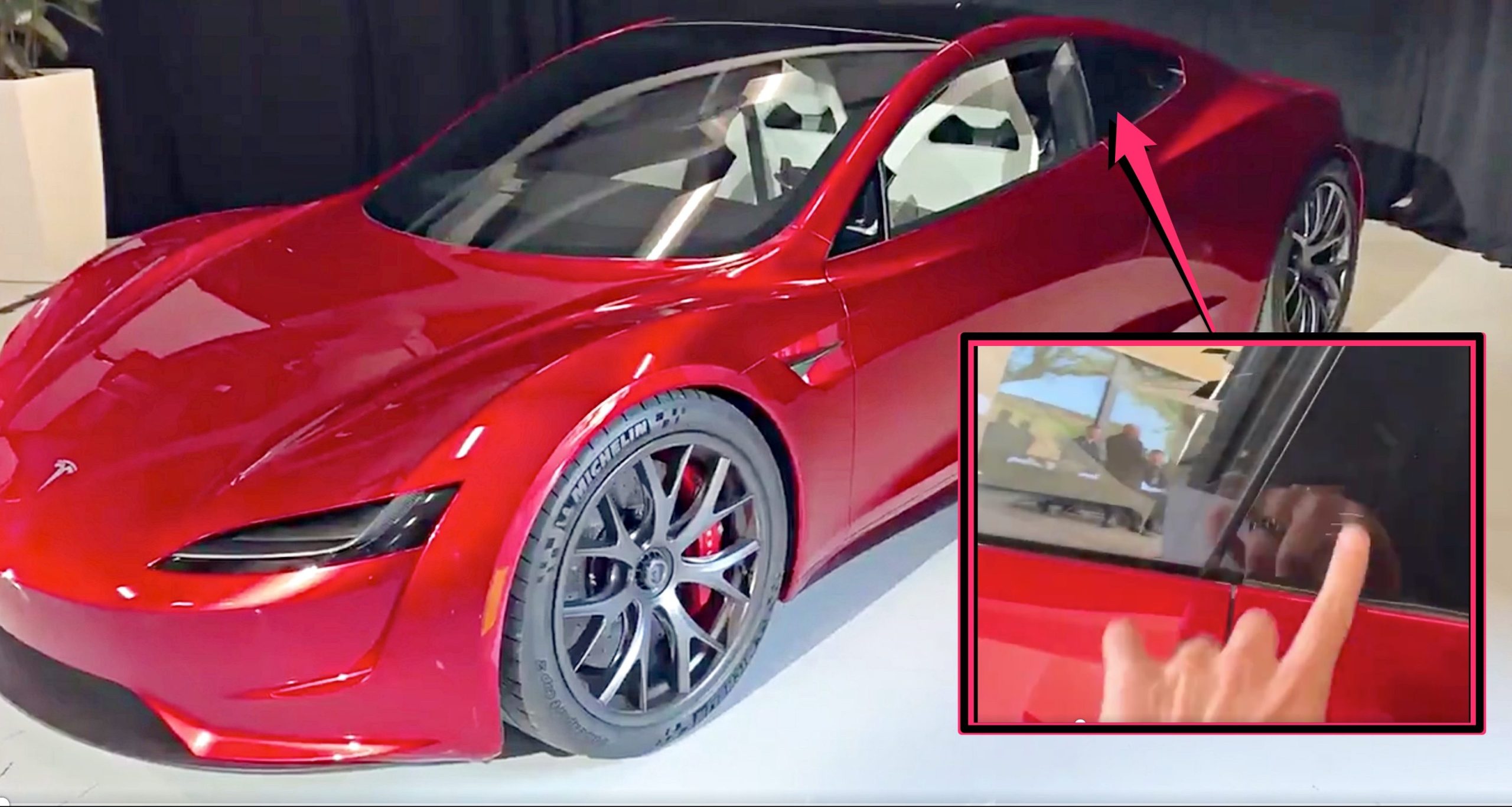
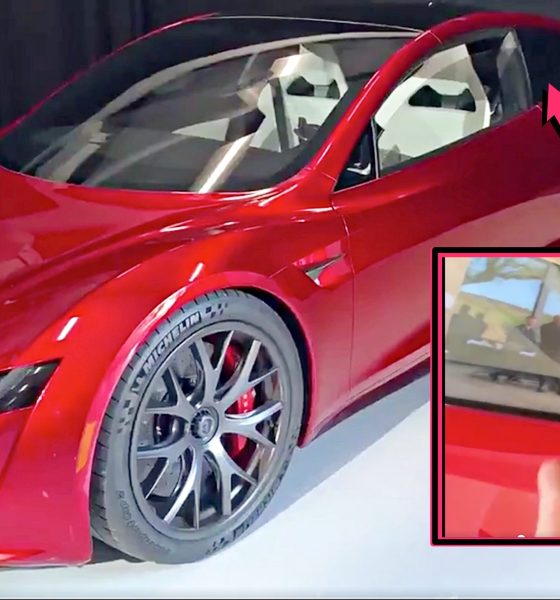
News
Tesla’s next-gen Roadster seen using a finger swipe feature as a door handle
Tesla’s next-generation Roadster uses a fingerprint swipe in lieu of a handle to open its doors, as demonstrated in a video captured by an attendee of Tesla’s Autonomy Day event. Hamid Shojaee revealed that a finger swipe down the very bottom of the B pillar of the car opens the Roadster door. Three horizontal LEDs were also seen blinking to acknowledge the swipe command prior to the release of the door latch.
Further details about the door feature were not provided in the video, but given the level of tech already present in the Roadster, it’s plausible the locking mechanism could be configured to rely on fingerprint data for validation rather than Bluetooth connection or key fob as used in the Model S, Model X, and Model 3. Owners with smartphones already equipped with biometric data readers might be able to sync their devices’ security features as an option if not already built into the native Tesla app. Alternatively, the swipe function could merely replace the door handles to maximize airflow around the vehicle and reduce the coefficient of drag as much as possible.
https://twitter.com/hamids/status/1120441750064107520

Along with the finger swipe feature, the Roadster video gives a quick tour of the car’s interior. The vehicle’s small but ergonomic steering wheel sits alone and centered in front of the driver’s seat, and no other distractions along the dash are seen aside from the vertically positioned touchscreen in the center console. A quick glimpse of the back seats is also given, showing off the surprising amount of room available
Not limited to onboard rocket thrusters as part of Tesla’s SpaceX Package, the next-generation Roadster will likely have several more unique features included that will be revealed as it gets closer to its anticipated 2020 first delivery date. The specs touted already are impressive in their own right, 0-60 mph in 1.9 seconds, 250+ mph top speed, and 620 miles of battery range, all for the bang-for-your-buck base price of $200,000. Tesla recently teased the supercar’s acceleration in a video tweet, stating the Roadster could do “Zero to sixty faster than you can read this caption.”
The Investor Autonomy Day presentation touted Tesla’s Full Self-Driving computer as being the best in the world, and the next-generation Roadster will have its own specialized feature enabled by the autonomous software. In a tweet response inquiring about the Roadster’s Autopilot capabilities, CEO Elon Musk described the feature: “Definitely. Will also have Augmented Mode that will massively enhance human driving ability. Like a flying metal suit, but in car form …,” he said, referencing Marvel’s Iron Man and Tony Stark. The new Roadster is also said to have an optional SpaceX package which will enable it to hover similar to the DeLorean of Back to the Future fame.
Cybertruck
Tesla announces delivery timeline for Cybertruck in new market
“Coming soon! Estimated deliveries in Q1 for UAE.”

Tesla announced its delivery timeline for the Cybertruck as it heads to a new market.
Tesla Cybertruck deliveries started in the United States and Canada back in late 2023. However, the company has been looking to expand the all-electric pickup to new markets, including the Middle East, for which it opened up orders for earlier this year.
Initially, Tesla planned to launch deliveries late this year, but there has been a slight adjustment to the timeline, and the company now anticipates the pickup to make its way to the first adopters in the United Arab Emirates in Q1 2026.
This was confirmed by the Tesla Cybertruck program’s lead engineer, Wes Morrill:
Coming soon! Estimated deliveries in Q1 for UAE
— Wes (@wmorrill3) November 2, 2025
Tesla first opened orders for the Cybertruck in the Middle East in mid-September of this year. It will be priced at AED 404,900 for the Dual Motor All-Wheel-Drive ($110,254) and AED 454,900 ($123,869) for the Cyberbeast trim.
The Cybertruck has been a highly anticipated vehicle in many parts of the world, but its ability to be sold in various regions is what is truly causing delays in the company’s efforts to bring the electric pickup worldwide.
Tesla confirms Cybertruck will make its way out of North America this year
In Europe, various agencies have challenged the design of the Cybertruck, arguing that it is unsafe for pedestrians due to its sharp edges and “boxy” design.
Agencies in the EU have said the vehicle’s “blade-like” protrusions are a violation of rules that ban sharp exterior edges that could cause severe injuries.
In Asia, Tesla will likely have to develop a smaller, more compact version of the vehicle as it does not align with local standards for urban environments. However, Tesla filed for energy consumption approval for the Cybertruck in December 2024, but there has been no real update on the status of this particular inquiry.
Overall, these issues highlight a real bottleneck in futuristic vehicle designs and the out-of-date regulations that inhibit the vehicle from becoming more widely available. Of course, Tesla has teased some other designs, including a more traditional pickup or even a compact Cybertruck build, but the company is not one to shy away from its commitments.
Nevertheless, the Cybertruck will appear in the Middle East for the first time in 2026.
Elon Musk
Tesla teases new AI5 chip that will revolutionize self-driving
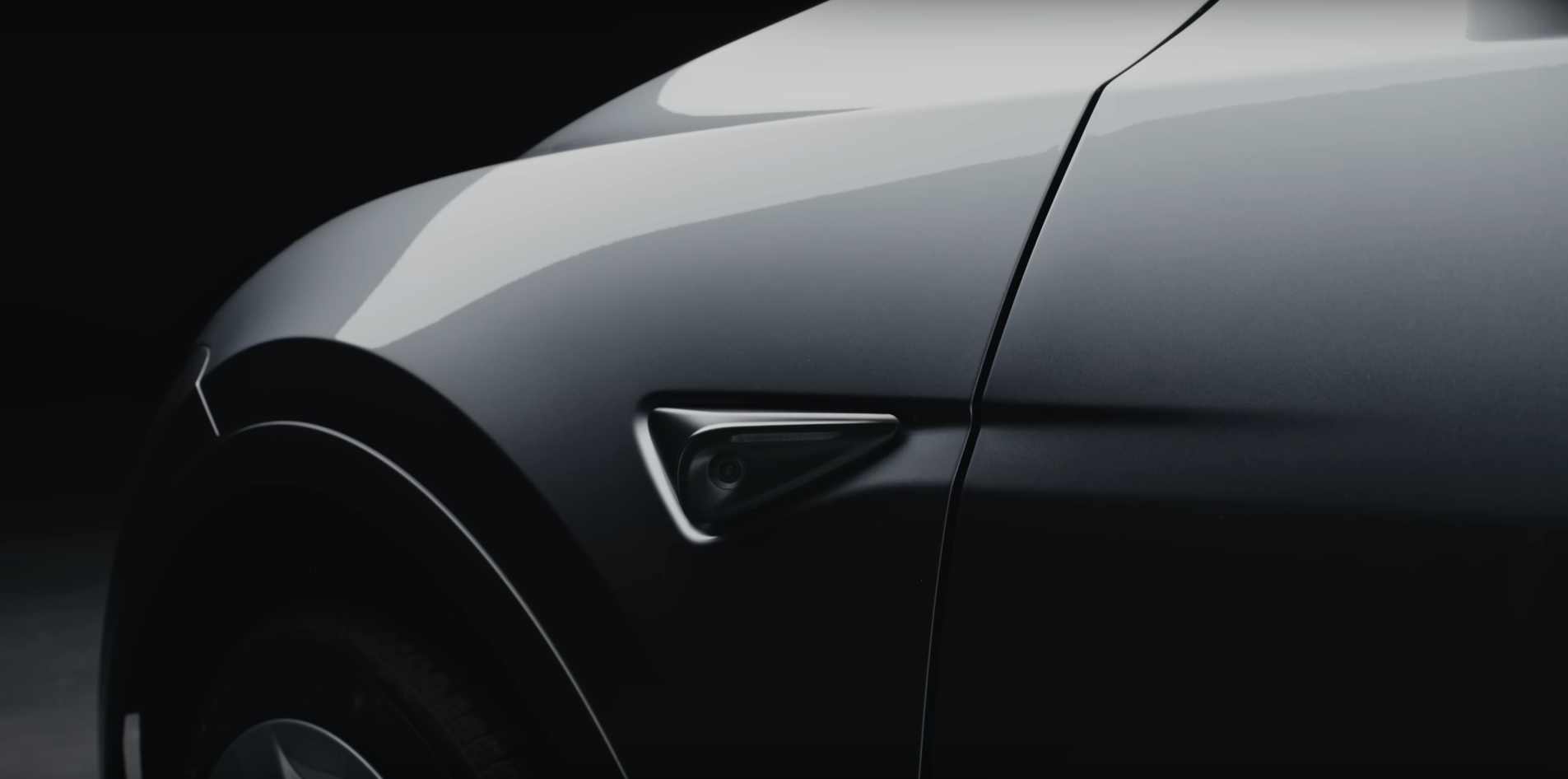
Elon Musk revealed new information on Tesla’s AI5, previously known as Hardware 5, chip, for self-driving, which will be manufactured by both Samsung and TSMC.
The AI5 chip is Tesla’s next-generation hardware chip for its self-driving program, Optimus humanoid robots, and other AI-driven features in both vehicles and other applications. It will be the successor to the current AI4, previously known as Hardware 4, which is currently utilized in Tesla’s newest vehicles.
Elon Musk reveals Tesla’s HW5 release date, and that it won’t be called HW5
AI5 is specially optimized for Tesla use, as it will work alongside the company’s Neural Networks to focus on real-time inference to make safe and logical decisions during operation. It was first teased by Tesla in mid-2024 as Musk called it “an amazing design” and “an immense jump” from the current AI4 chip.
It will be roughly 4o times faster, have 8 times the raw compute, 9 times the memory capacity, 5 times the memory bandwidth, and 3 times the efficiency per watt.
It will be manufactured by both TSMC and Samsung at their Arizona and Texas fab locations, respectively.
Here’s what Musk revealed about the chip yesterday:
Different Versions
Samsung and TSMC will make slightly different versions of the AI5 chip, “simply because they translate designs to physical form differently.” However, Musk said the goal is that its AI software would work identically.
This was a real concern for some who are familiar with chip manufacturing, as Apple’s A9 “Chipgate” saga seemed to be echoing through Tesla.
Back in 2015, it was found that Apple’s A9 chips had different performances based on who manufactured them. TSMC and Samsung were both building the chips, but it was found that Samsung’s chips had shorter battery life than TSMC-fabricated versions.
Apple concluded that the variance was about 2-3 percent. However, Tesla will look to avoid this altogether.
Release and Implementation into Vehicles
Musk said that some samples will be available next year, and “maybe a small number of units” would equip the chip as well. However, high-volume production is only possible in 2027.
This means, based on Tesla’s own timeline for Cybercab production in Q2 2026, early iterations of the vehicle would rely on AI4. Many believe AI4 can be utilized for solved self-driving, but the power of subsequent versions, including AI5 and beyond, will be more capable.
AI6 and Beyond
AI6 will utilize the same fabs as AI5, but there would be a theoretical boost in performance by two times with this version.
AI6 could enter volume production by mid-2028. However, AI7, which Musk only briefly mentioned, “will need different fabs, as it is more adventurous.”
News
Tesla makes a splash at China’s Import Expo with Cybercab and Optimus
It appears that Elon Musk’s vision is something that still resonates with people.

Tesla’s fully autonomous Cybercab made its first appearance in the Asia-Pacific region at the 8th China International Import Expo (CIIE) in Shanghai on November 5, becoming the centerpiece of an event that drew 12 of the world’s leading automakers.
The new model offers a glimpse into Tesla’s driverless ride-hailing future, and based on the reception of the event’s attendees, it appears that Elon Musk’s vision is something that still resonates with people.
Tesla showcases its driverless vision with the Cybercab
At this year’s expo, themed “Mobility, Infinite Possibilities,” Tesla’s futuristic two-seat Cybercab stood out as a showcase of complete autonomy. According to Tesla staff, the vehicle lacks both a steering wheel and pedals, relying entirely on Tesla’s cameras and an end-to-end neural network designed for full self-driving.
The Cybercab will ultimately serve in the company’s expanding Robotaxi fleet, a cornerstone of Elon Musk’s long-promised autonomous mobility network. During the event, a Tesla employee emphasized that the Cybercab’s model’s compact layout reflects real-world usage, as 92% of trips involve just one or two passengers, as noted in a Sina News report. Trips that require more passengers could easily be handled by the Model 3 and Model Y, which are both capable of seating four, or even five passengers.
Optimus, Tesla’s humanoid robot that is designed for both home and industrial use, was also present at the event. Similar to the Cybercab, Optimus also attracted quite a lot of attention from the event’s attendees.
Automakers reaffirm commitment to Chinese innovation
Other global automakers, including Volkswagen, Mercedes-Benz, and Honda, also displayed cutting-edge concept cars and intelligent systems, but few captured the same interest as Tesla’s bold showcase of its autonomy and robotics.
Beyond new models, this year’s CIIE highlighted a renewed focus on local innovation and collaboration in China’s rapidly evolving EV landscape. Executives from Volkswagen, Audi, and General Motors reaffirmed that their long-term strategies center on “in China, for China,” strengthening R&D operations and forming tech partnerships with domestic suppliers.
-
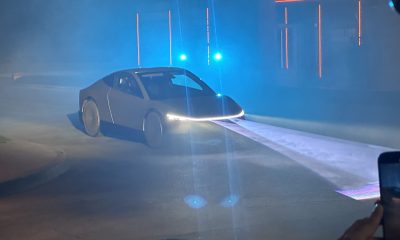
 News1 week ago
News1 week agoTesla Cybercab spotted testing on public roads for the first time
-

 Elon Musk5 days ago
Elon Musk5 days agoNeuralink’s first patient could receive an upgrade: Elon Musk
-
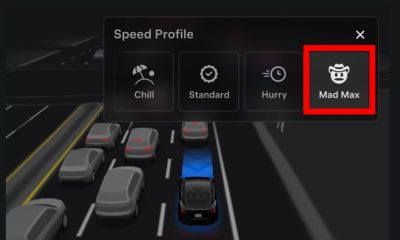
 News2 weeks ago
News2 weeks agoTesla ‘Mad Max’ gets its first bit of regulatory attention
-
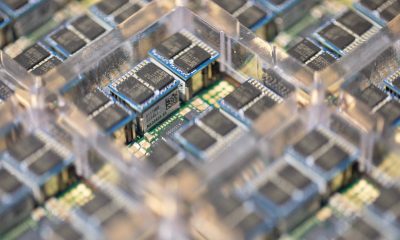
 News2 weeks ago
News2 weeks agoTesla reveals its plans for Hardware 3 owners who are eager for updates
-

 News6 days ago
News6 days agoNeuralink’s first human patient reflects on 21 months with brain implant “Eve”
-

 News2 weeks ago
News2 weeks agoTesla VP explains why end-to-end AI is the future of self-driving
-

 News5 days ago
News5 days agoTesla Cybercab almost looks production ready in new photos
-

 News1 week ago
News1 week agoTesla makes a massive change to a Service policy that owners will love




